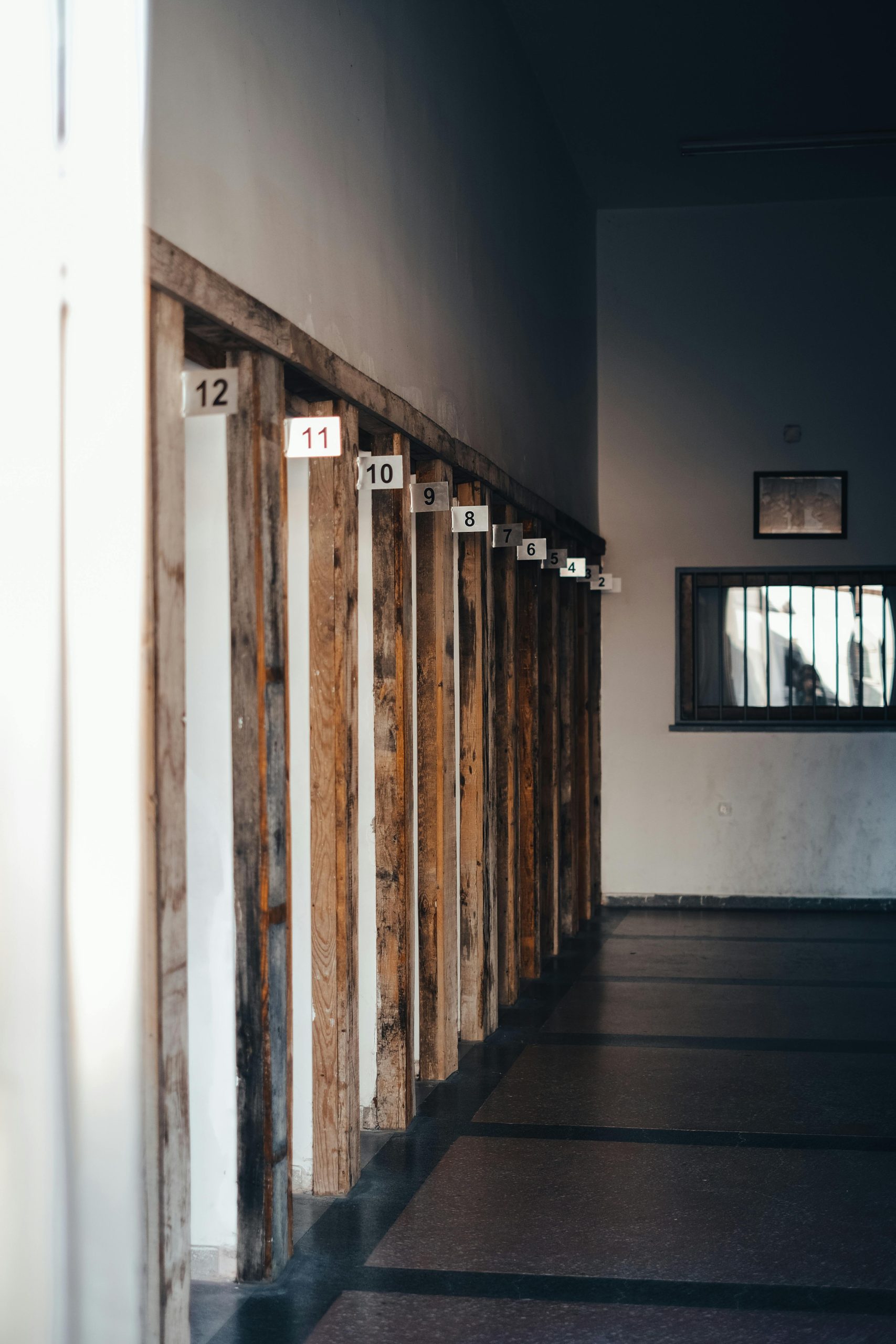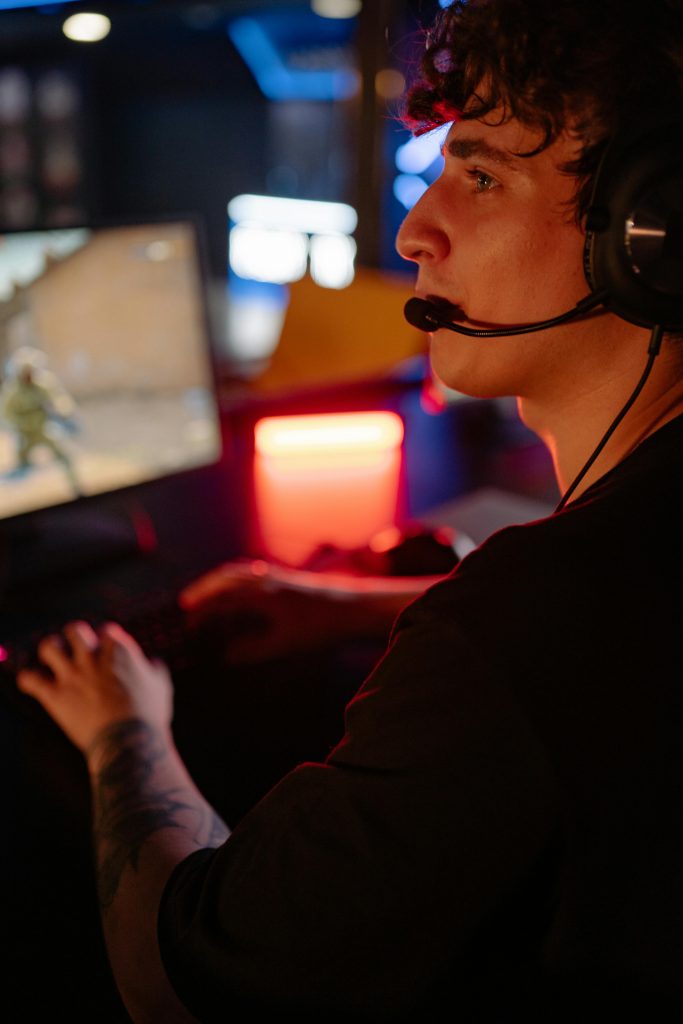Understanding GPU Seating Issues: Potential Risks and Long-Term Damage
When it comes to computer components, proper installation is crucial for optimal performance and longevity. Recently, a concern has arisen regarding what can happen if a graphics processing unit (GPU) is not fully seated in the PCI slot. Let’s explore the potential risks involved and how improper seating can affect your system.
The Importance of Proper GPU Installation
A GPU that is not firmly secured in its PCI slot may not operate to its full potential, leading to a range of issues. One common problem is unstable connections, which can manifest as screen artifacts, crashes, or even total system failures. Additionally, if the GPU is partially seated, it might experience intermittent failures that can be challenging to diagnose.
Possible Damage from Improper Seating
-
Electrical Shorts: A loose connection can lead to electrical shorts, which may damage not only the GPU itself but also other components on the motherboard.
-
Heat Build-Up: A GPU that isn’t seated properly might not have the optimal airflow it needs. Poor thermal management can result in overheating, potentially shortening the lifespan of your GPU.
-
Wear and Tear: Over time, inadequate seating can lead to physical wear on the PCI connector or the GPU itself, which could ultimately render the component unusable.
What to Do If You Suspect Damage
If you’ve discovered that your GPU wasn’t seated correctly, it’s advisable to monitor its performance closely. Look out for signs such as unusual graphical glitches, frequent crashes, or unexpected system behavior. If such issues arise, you may want to run diagnostic tests or consult with a professional.
Conclusion
Although your GPU may be functioning properly after correcting its placement, vigilance is key. Regularly ensuring all components are securely installed can prevent long-term damage and ensure your PC runs smoothly. If you have had your GPU in a compromised position for an extended period, take note of its performance and consider potential professional evaluation if issues persist.
Staying informed about your hardware setup will ultimately lead to a more stable and reliable computing experience.
Share this content:



